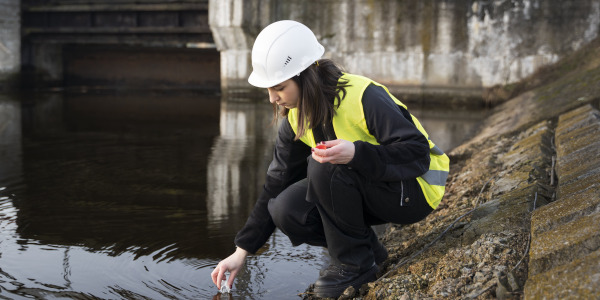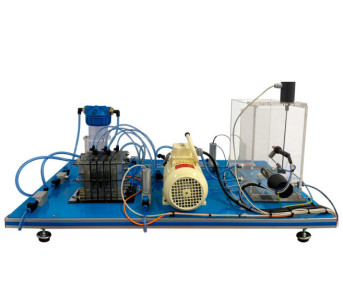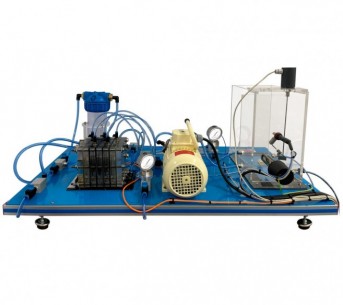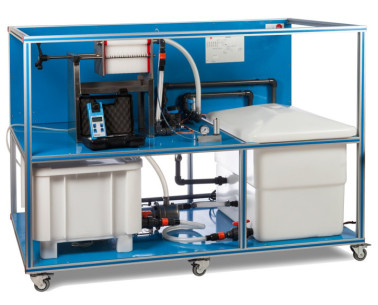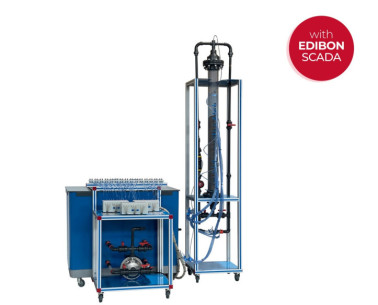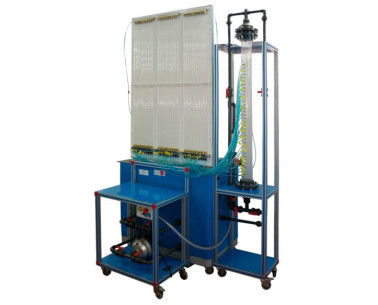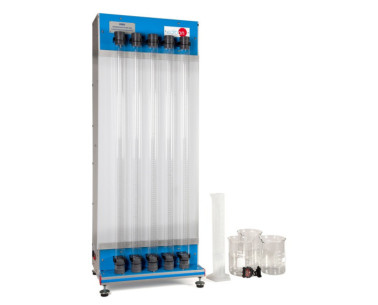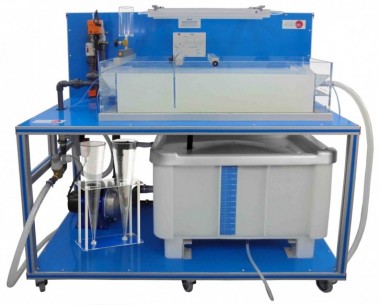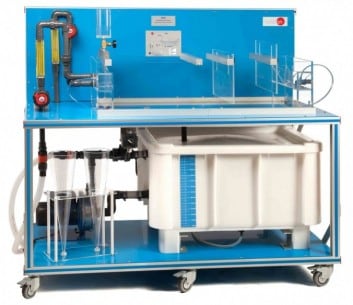At EDIBON, we are committed to strengthening skills as a strategic pillar for the competitiveness and social well-being of the European Union. Proper training not only boosts the economy but also enables individuals to fully participate in society and democracy.
In a world where energy demand continues to rise and non-renewable resources are rapidly depleting, the need for sustainable, environmentally friendly solutions has never been more urgent. The circular economy and the use of organic biomass to produce biofuels are emerging as key answers to...
Direct Air Capture (DAC) ist eine innovative Technologie, die CO₂ direkt aus der Luft entfernt, indem chemische Reaktionen mit flüssigen Lösungsmitteln oder festen Adsorbentien eingesetzt werden. Trotz Herausforderungen wie hohen Kosten und Energieverbrauch bietet DAC eine potenzielle Lösung zur...
Abwasserbehandlungsanlagen
Während Trinkwasseraufbereitungsanlagen sich darauf konzentrieren, sicheres Trinkwasser bereitzustellen, behandeln Abwasserbehandlungsanlagen das gebrauchte Wasser, bevor es wieder in die Umwelt freigesetzt wird.
Diese Anlagen spielen eine entscheidende Rolle beim...
 Cookie-Präferenzen
Cookie-Präferenzen






